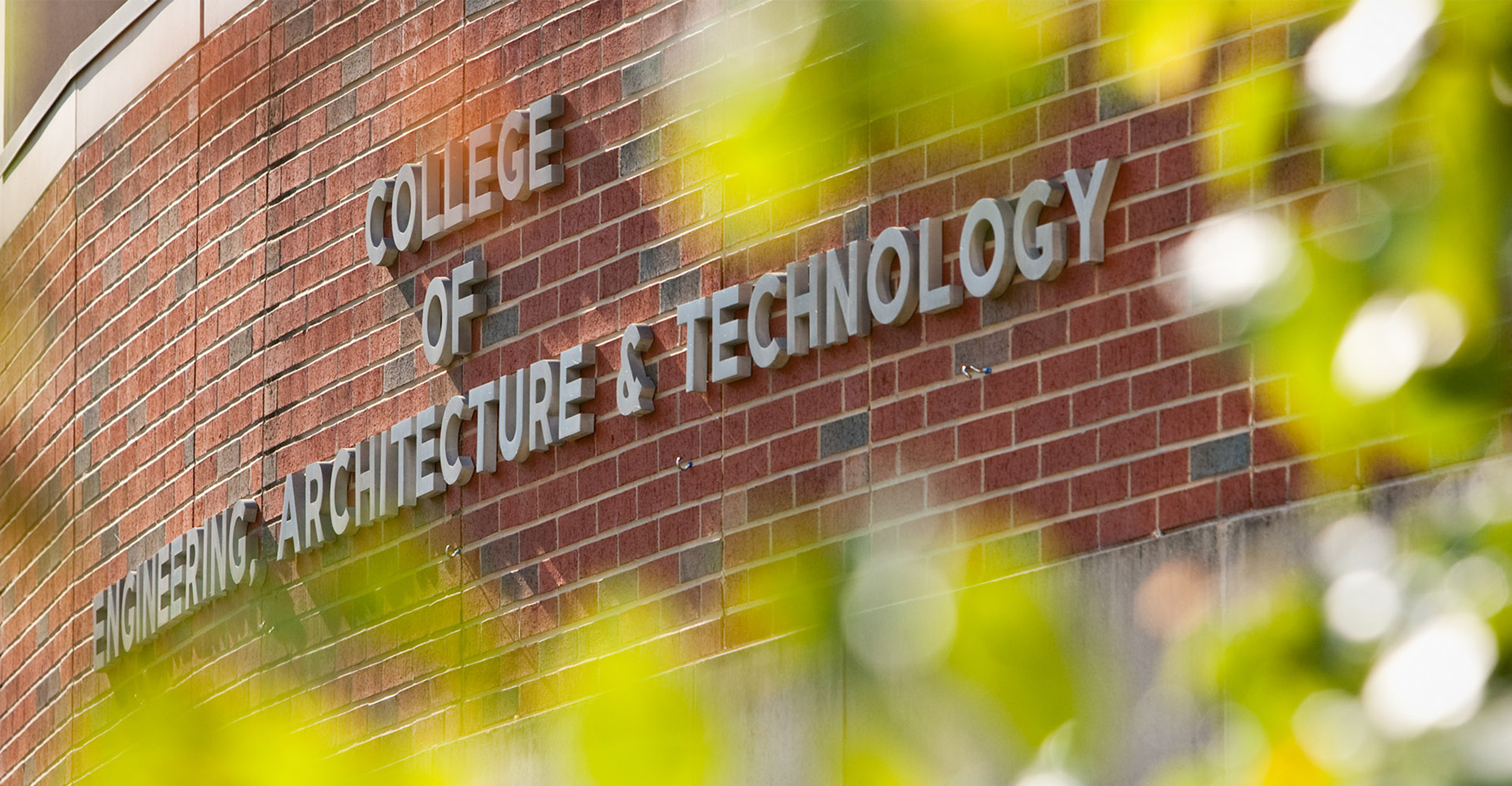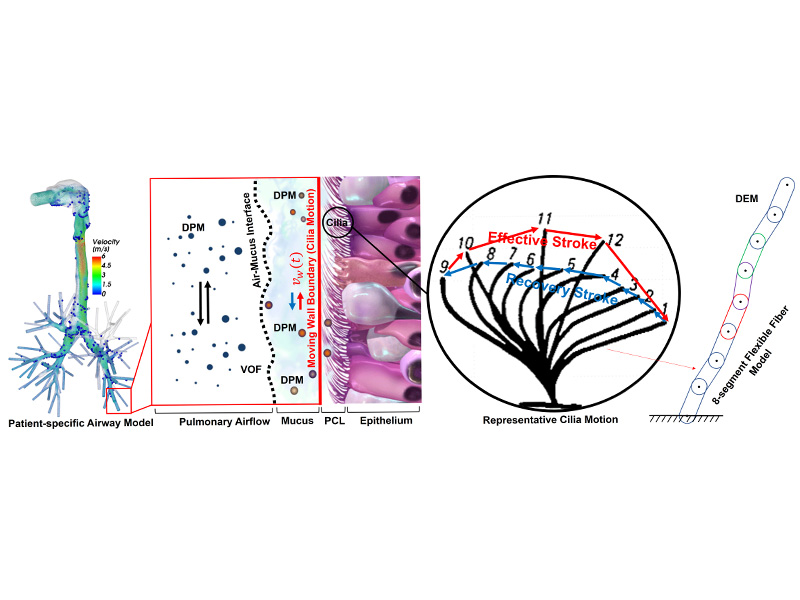
Feng receives OSU’s 2025 President's Fellow Faculty Research Award
Tuesday, March 25, 2025
Media Contact: Desa James | Communications Coordinator | 405-744-2669 | desa.james@okstate.edu
Oklahoma has one of the highest rates of respiratory diseases in the nation, particularly in rural areas where healthcare access is limited.
At the College of Engineering, Architecture, and Technology, Dr. Yu Feng, associate professor for the School of Chemical Engineering, is looking to address this issue with his research, "Revolutionizing Lung Health by Unraveling Disease-Specific Airway Cilia Motion."
Feng has been awarded Oklahoma State University's 2025 President's Fellow Faculty Research Award. The $20,000 award will support his innovative research on the critical role of cilia in maintaining lung health.

Cilia are tiny hair-like structures in the human lungs that move in a synchronized, wave-like pattern to clear mucus, pollutants and pathogens from the airways. In healthy lungs, this motion is well-coordinated, but lung diseases can disrupt this rhythm, leading to reduced breathing efficiency and impaired effectiveness of inhaled medications.
The project aims to create a state-of-the-art digital twin of the human airway, capable of simulating and analyzing cilia behavior, in addition to mucus dynamics and their interactions with inhaled particles. This digital twin will provide unprecedented insight into the mechanisms that influence lung health, offering a high-resolution "X-ray" vision of the respiratory system.
This type of research is a noninvasive, cost-effective alternative to animal and clinical studies. Additionally, the research will be less time-consuming and provide better visuals of disease progression inside the human body.
"Dr. Feng’s work is at the vanguard of applying digital technologies to turn university-based research into tools that will help physicians target the exact needs of their patients on an individual level," said Dr. Kenneth Sewell, vice president for research. "I am delighted to see him receive this award to accelerate his research."
Feng's project will be conducted in two main phases. The first phase involves building a disease-specific cilia model to simulate and visualize the movement of air, mucus and particles through the airways. The second phase will use chronic obstructive pulmonary disease as a case study to compare mucus and airflow in diseased versus healthy lungs.
“The digital twin and data will be invaluable for designing effective therapies for chronic lung diseases common in Oklahoma,” Feng said.
The innovative approach and potential impact of Feng’s research aligns with OSU's strategic plan to enhance human health (One Health).
“This project brings a fresh perspective to respiratory health, focusing on the intricate cilia motion, which is understudied in pathology,” Feng said. “By applying the proposed method and outcomes, we will place OSU at the forefront of digital pulmonary healthcare research.”
Feng notes that this project is a crucial step in the long-term goal of his research.
“This digital twin is a critical step toward creating a groundbreaking and unparalleled next-generation virtual human model that integrates multiple organ systems to simulate disease progression and treatment responses,” Feng said.
Find out more

